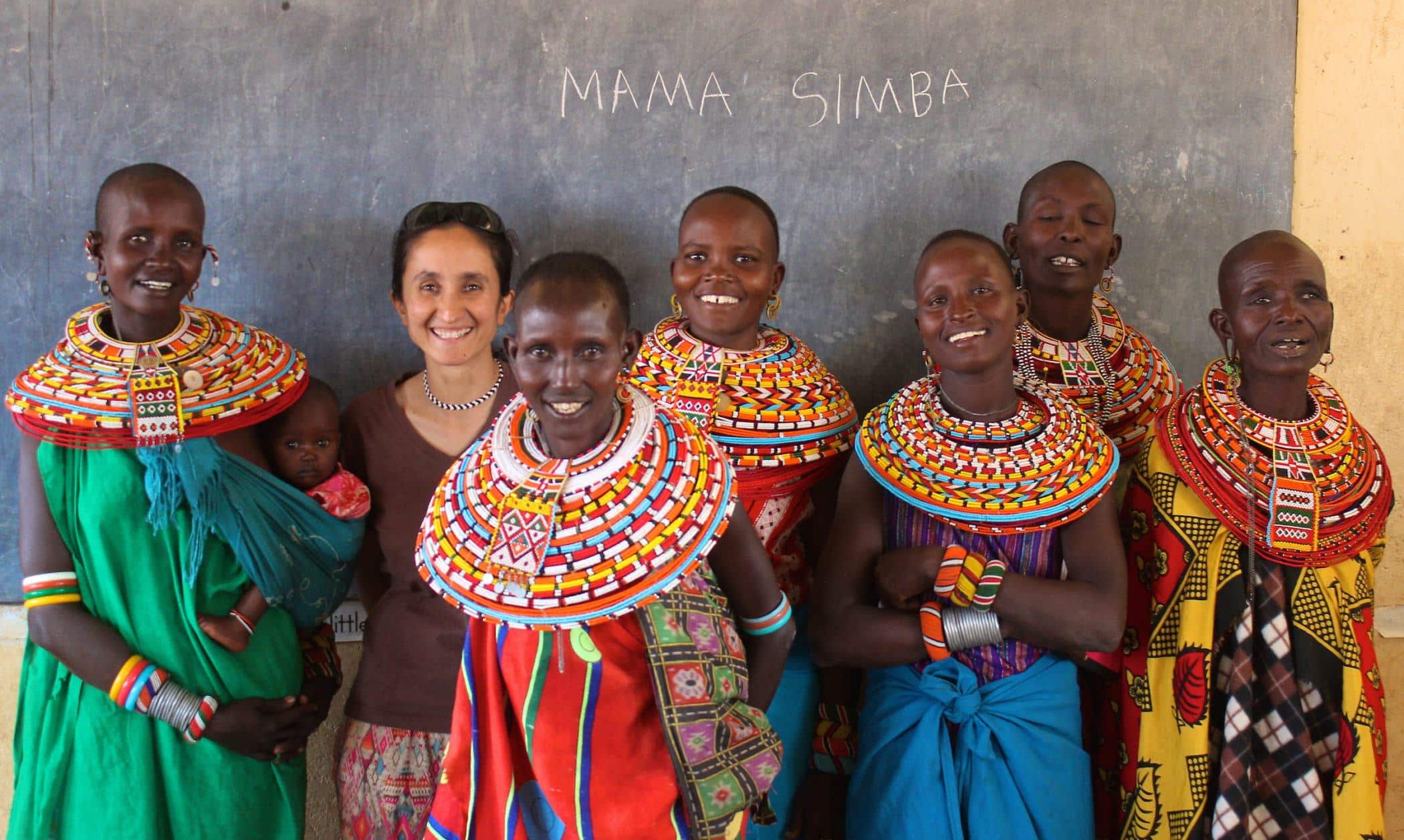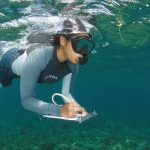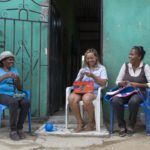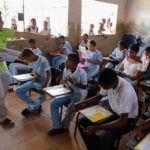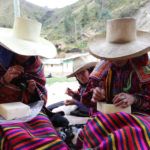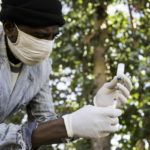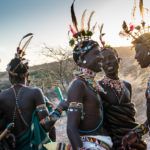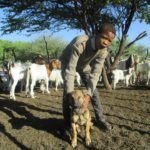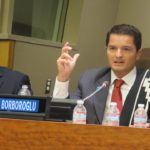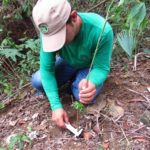CONSERVATION IS AS MUCH ABOUT HELPING PEOPLE AS IT IS ABOUT HELPING WILDLIFE
There is no end to the good that conservation can do. Protecting wildlife doesn’t just help animals, it improves the lives of people. Conservationists build schools and health centers, they help women gain confidence and independence by empowering them to earn their own income, they plant trees and restore habitats that have been scorched or bulldozed, they educate the next generation.
Working closely with local people cements trust between communities and conservationists, which reduces conflict between people and wildlife. It also reduces poverty and increases food security allowing people to survive without poaching or destroying habitats.
Conservation is a win win for both wildlife and people.
Conservation Helps People
Wildlife conservation simply would not be possible without working with local people and investing in their well-being. Learn more about the various ways conservationists are having a positive impact on people and environments around the world.
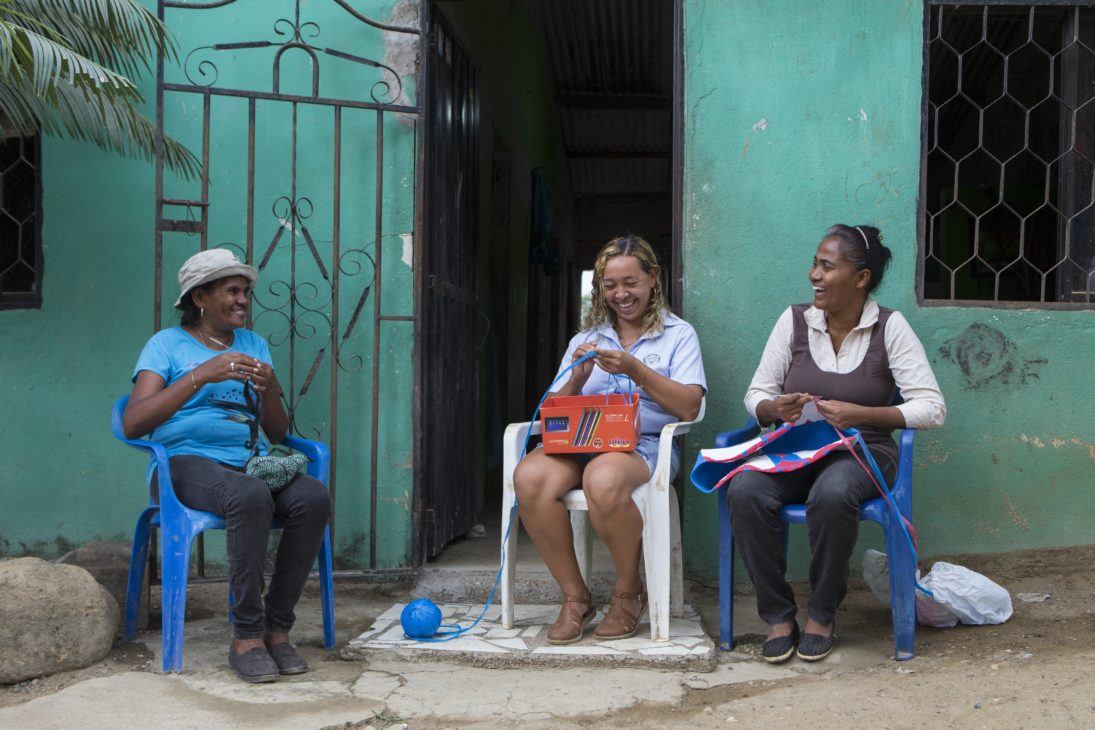
Boosting Local Economies
Boosting Local Economies
It is nearly impossible to concern oneself with conservation if you’re hungry. People who experience extreme poverty living alongside wildlife face deep, entrenched deprivation, often exacerbated by conflicts and vulnerability to disasters. WCN’s Partners have demonstrated that preserving ecosystems and sustaining local economies do not have to be mutually exclusive. Conserving nature while providing water, food, and energy for a growing human population is possible and necessary. Success depends on our willingness and ability to address economic growth and the future of the planet in a smart and coordinated manner.
In Kenya, Save the Elephant‘s (STE) Elephants and Bees program has become globally recognized for its ability to reduce human-elephant conflict while providing a sustainable income source for farmers. STE uses beehive fences around farms as a natural deterrent to keep elephants away from crops, and also create additional income for local communities from the harvest of honey. Though bees are most famous for their honey, and ability to scare off elephants, beeswax is also a great source for producing candles, lip balm, soap, and body creams that can be sold as a boost for farmers as well.

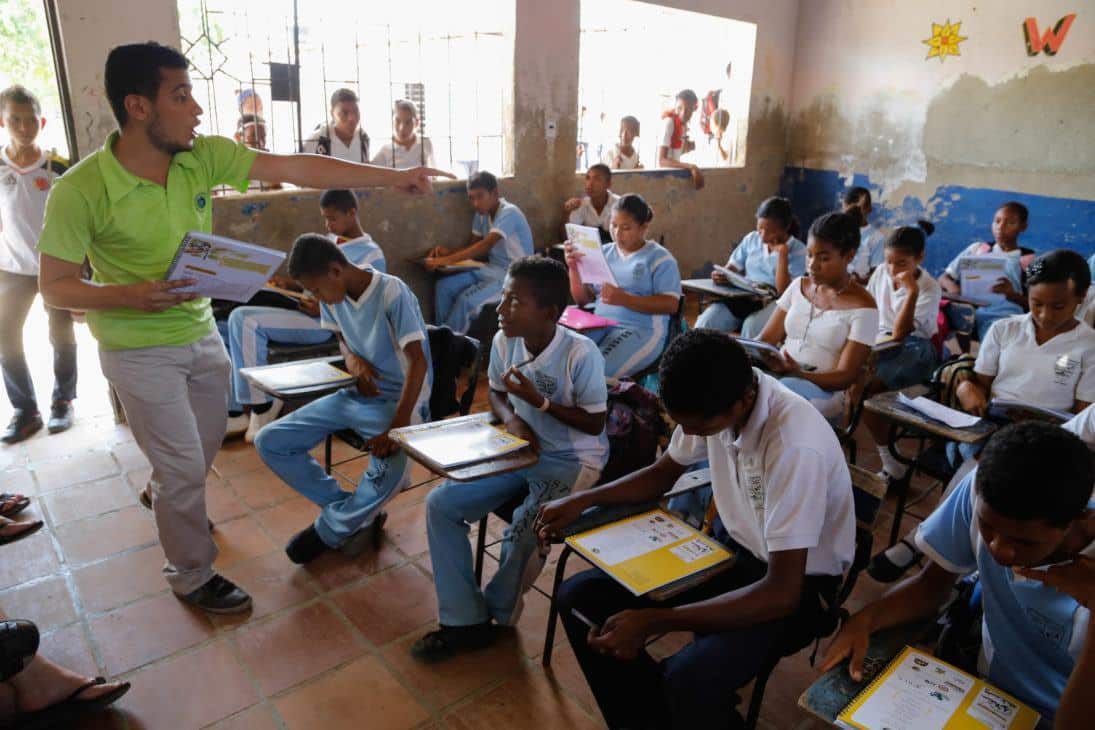
Expanding Education
Expanding Education
Research has demonstrated that positive attitudes toward nature and conservation become more prevalent as people’s level of education increases. No matter the path a student takes, participating in a supportive education system leaves them at a strategic advantage with more autonomy empowering children to make informed choices. Before the COVID-19 pandemic struck, only an estimated 53% of young people were completing secondary school globally, and only 29% in sub-Saharan Africa. School closures brought by the pandemic have had devastating consequences for children’s learning and wellbeing. Hundreds of millions of children and youth are falling behind in their learning, which will have long-term impacts. WCN’s Partners are working across the globe to make sure students stay in school, and also receive an education that emphasizes the importance of coexistence with nature and wildlife.
In Northern Kenya, Ewaso Lions encourages young teenagers to receive a secondary and tertiary education by sponsoring the cost of school fees, books, stationary, uniforms, and transport to and from school. Ewaso Lions now gives these young students a chance to further their education, and improve their future opportunities. They also couple this formal education with a strong internship and mentorship link with Ewaso Lions, ensuring that as they learn, they do not forget their biological or cultural heritage and do not devalue where they came from.

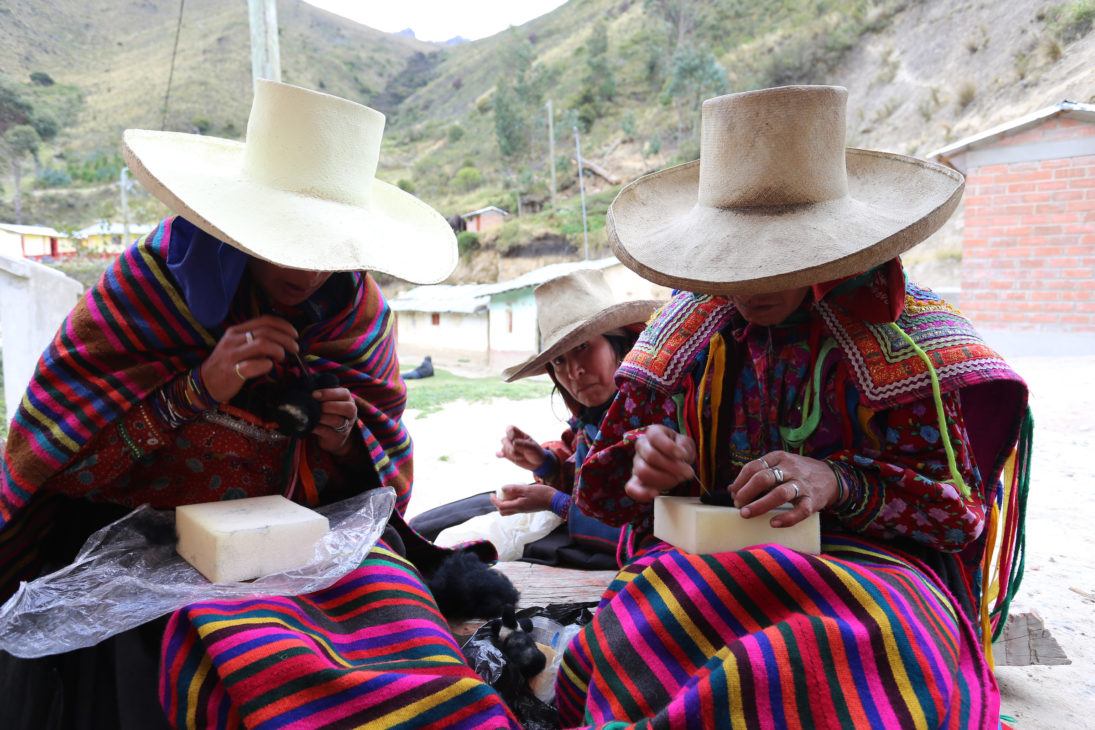
Empowering Women
Empowering Women
Women and girls who are educated have more control to actively manage their reproductive health, realize higher wages, and experience greater upward mobility, leading to overall economic growth. Educated women and girls can then be more effective stewards of their land and water, and gain greater capacity to adapt to shocks of natural disasters and extreme weather events driven by climate change.
However, boundaries like limited educational opportunities, inadequate protection from gender-based discrimination, and lack of legal support for women to enforce their rights all continue to add disparities between men and women’s autonomy. The empowerment of women is critical to protecting and managing wildlife and in helping move even closer to a time when there is no disparity between genders.
In Peru, Spectacled Bear Conservation (SBC) collaborates with female Felti artisans from rural and indigenous communities in Peru to craft handmade felt products, which are sold to earn a fair and competitive wage, with many participants earning an income for the first time in their lives. More than 100 women have been engaged and trained to make Feltis, creating a space for social support and education as well, with many electing to learn new language skills.

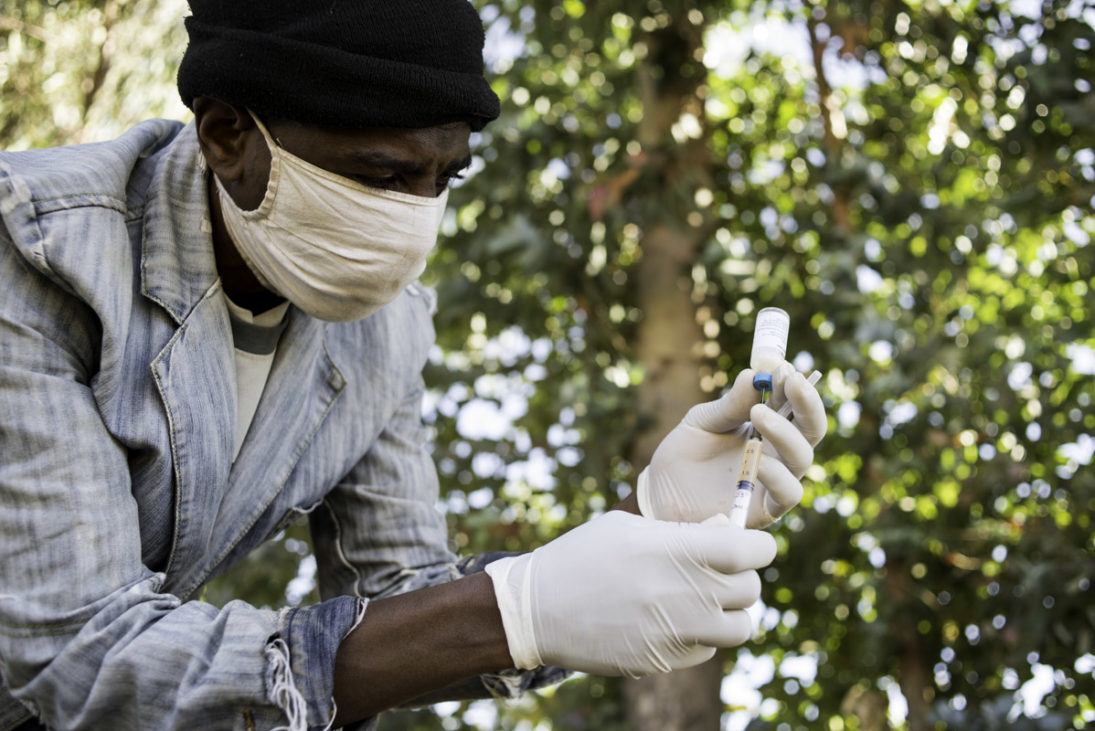
Promoting Health
Promoting Health
Human populations are growing and expanding into new geographic areas. As a result, more people live in close contact with wild and domestic animals, both livestock and pets. A One Health approach to conservation recognizes the connection between the health of people, domestic animals, wildlife, and ecosystems.
Animals play an important role in our lives, whether for food, fiber, livelihoods, travel, sport, education, or companionship. Close contact with animals and their environments provides more opportunities for diseases to pass between animals and people. The movement of people, animals, and animal products has increased from international travel and trade. As a result, new or emerging zoonotic diseases can spread quickly across borders and around the globe, as we all witnessed with the spread of the COVID-19 pandemic.
Ethiopian Wolf Conservation Program (EWCP) embrace a One Health vision, focusing on diseases impacting Ethiopian wolves, including rabies and canine distemper. EWCP routinely vaccinates over 3,000 domestic dogs a year against these diseases to reduce the risk of transmission between Ethiopian wolves, livestock, and people.

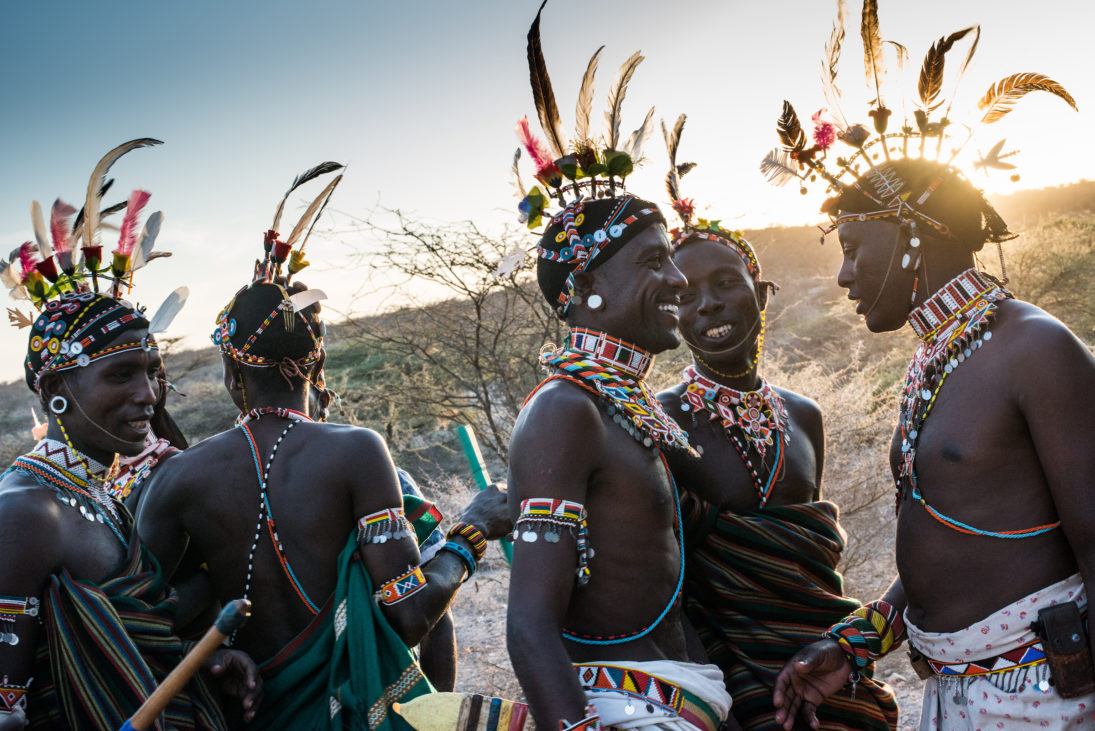
Honoring Culture
Honoring Culture
Indigenous peoples sustain many of the healthiest ecosystems on Earth: areas rich in biodiversity and systems essential to our global climate, fresh water, and food security. We all benefit when Indigenous peoples have the means to protect their lands and seas. WCN’s Partners help to ensure that Indigenous peoples have the economic power and cultural independence to steward, support, and protect their livelihoods and territories they call home.
Across Central Asia, the Land of the Snow Leopard Network, co-founded by the Snow Leopard Conservancy, is a coalition of Indigenous Cultural Practitioners who live and work in snow leopard habitat. The network merges western science with traditional ecological knowledge, empowers Indigenous Cultural Practitioners to be co-leaders in conservation, revitalizes ancient ceremonies to honor the snow leopard, and establishes sacred sites as snow leopard education centers.

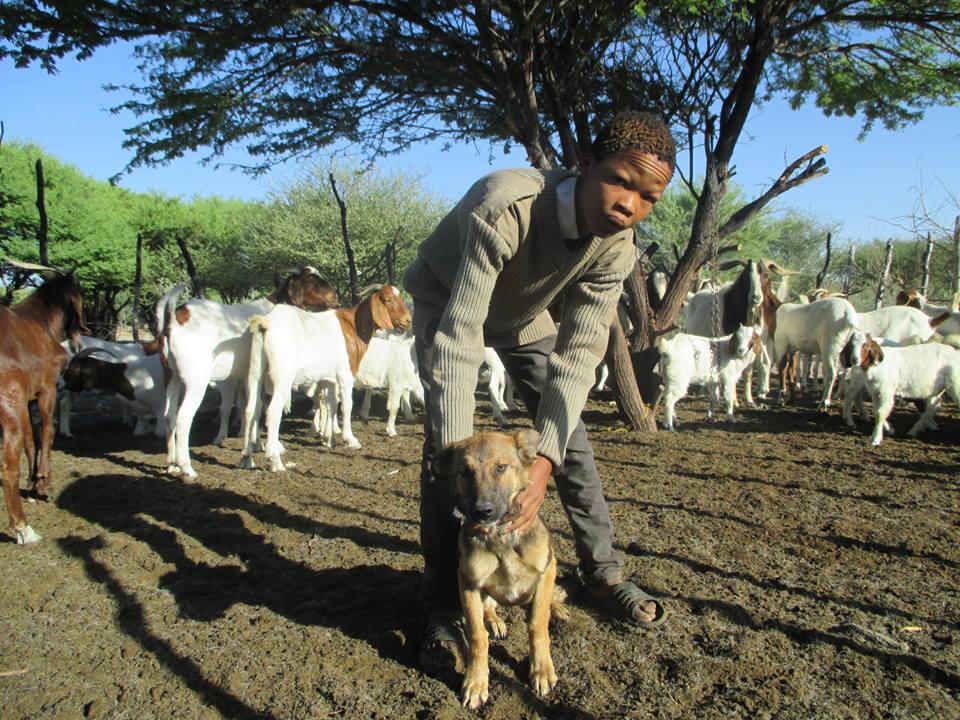
Reducing Conflict
Reducing Conflict
Conflict between people and animals is one of the main threats to the continued survival of many species in different parts of the world, and is also a significant threat to local human populations. As human populations expand and natural habitats shrink, people and animals are increasingly coming into conflict over living space and food. People lose their crops, livestock, property, and sometimes their lives. The animals, many of which are already threatened or endangered, are often killed in retaliation or to try to prevent future conflicts. If solutions to conflicts are not adequate, local support for conservation also declines.
To reduce conflict between cheetahs and livestock, Cheetah Conservation Botswana trains a local breed of Tswana livestock guarding dogs to protect livestock from threats. With a network of over 100 participating farmers, CCB trains puppies and provides free veterinary care and information. CCB continues to monitor all active dogs in the program to assess the effectiveness of this intervention.

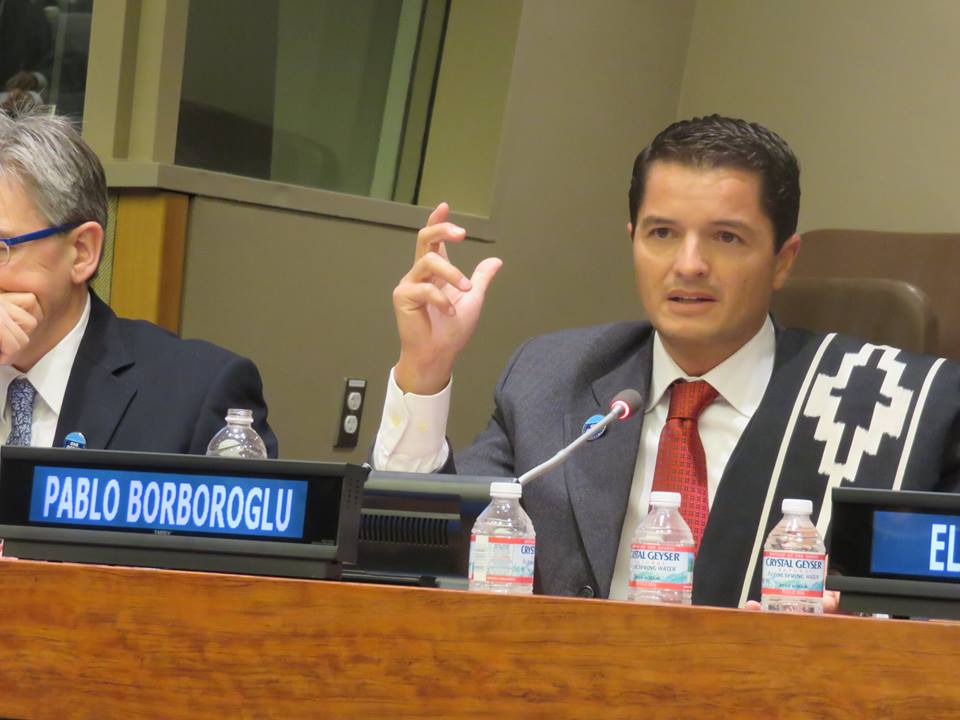
Guiding Policy
Guiding Policy
As leaders in science, research, and monitoring of wildlife, conservation NGOs must communicate their knowledge to national and international decision-makers. This comes in the form of reducing the threat of wildlife trade, enhancing cooperation among countries to conserve migratory species along key migration routes, ensuring that wild landscapes and seascapes are protected through domestic and international mechanisms, and ensuring that the crucial role of wildlife is a key priority for governments.
Taking a collaborative approach, the Grevy’s Zebra Trust works with Ewaso Lions to safeguard wildlife corridors that are due to face major impacts of development projects cutting across the region over the next decade. Together, they ensure community participation in decision making as the infrastructure is designed, and mitigates the ecosystem impacts of the infrastructure projects.

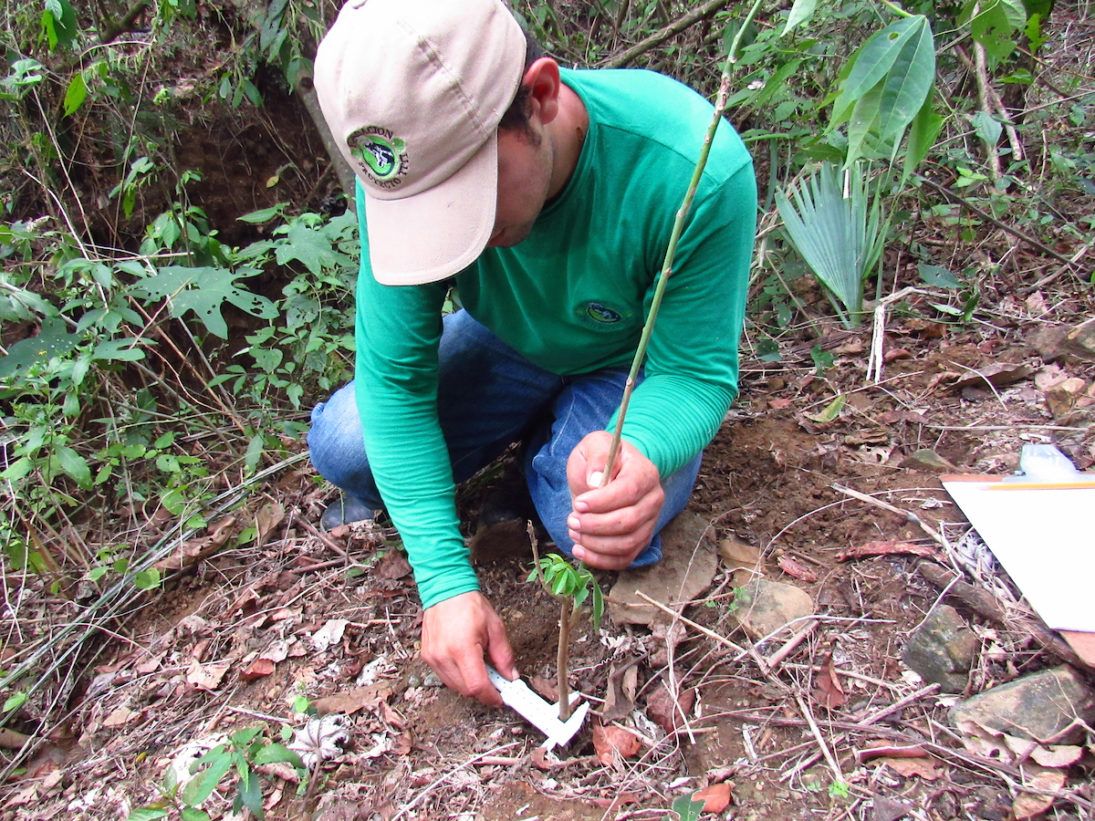
Restoring Habitat
Restoring Habitat
Habitat for wildlife also has incredible benefits to humans. Intact forests are estimated to absorb a quarter of total global carbon pollution annually. Forests also generate significantly more rain and fresh water than degraded areas, reducing drought and providing a source of life for regions. Yet, a quarter of all tropical forests – about 500 million hectares – has been lost since 1950. This loss is not limited to forests, but other critical wildlife areas as well, including savannah and montane landscapes, marine coastal areas, coral reefs, and many other areas critical to the wellbeing of people and wildlife. So, while we work to protect existing ecosystems, we also need to restore habitat we have lost.
In Colombia, Proyecto Tití collaborates with private property owners, the Colombian government, and other NGOs to connect privately owned forest corridors to larger forest ecosystems. Proyecto Tití also manages plant nurseries for the propagation of native trees that are used by cotton-top tamarins for food and shelter, caring for them from seeds to saplings, and creating future forest for cotton-top tamarins. Their nursery operation now has the capacity to propagate and rear 50,000 plants a year for reforestation.


Tackling Wildlife Crime
Tackling Wildlife Crime
WCN’s Partners recognize that to reduce the effects of wildlife crime, including illegal trade and hunting, you have to understand the drivers. Anti-poaching projects start by prioritising local needs, supporting community voices in decision making and building trusting relationships. In addition to collaborating with and employing local law enforcement and wildlife rangers to reduce the use of unselective hunting practices, such as wire snare traps, WCN’s Partners also provide alternative income sources, with input from local community stakeholders, to reduce the need for hunting in the first place. Community rangers might be incentivised by a salary, or non-monetary rewards such as training and skills development. But they may be equally motivated by a desire to protect their land and resources.
In Mozambique, Niassa Lion Project’s (NLP) anti-poaching program aims to reduce the illegal activities of snaring, mining, and elephant poaching in the Niassa National Reserve. NLP believes strongly that reducing illegal wildlife activities can only be achieved through a holistic approach that includes effective, well-disciplined anti-poaching in equal partnership with effective, long term community development that increases income and food security with a linked education program.

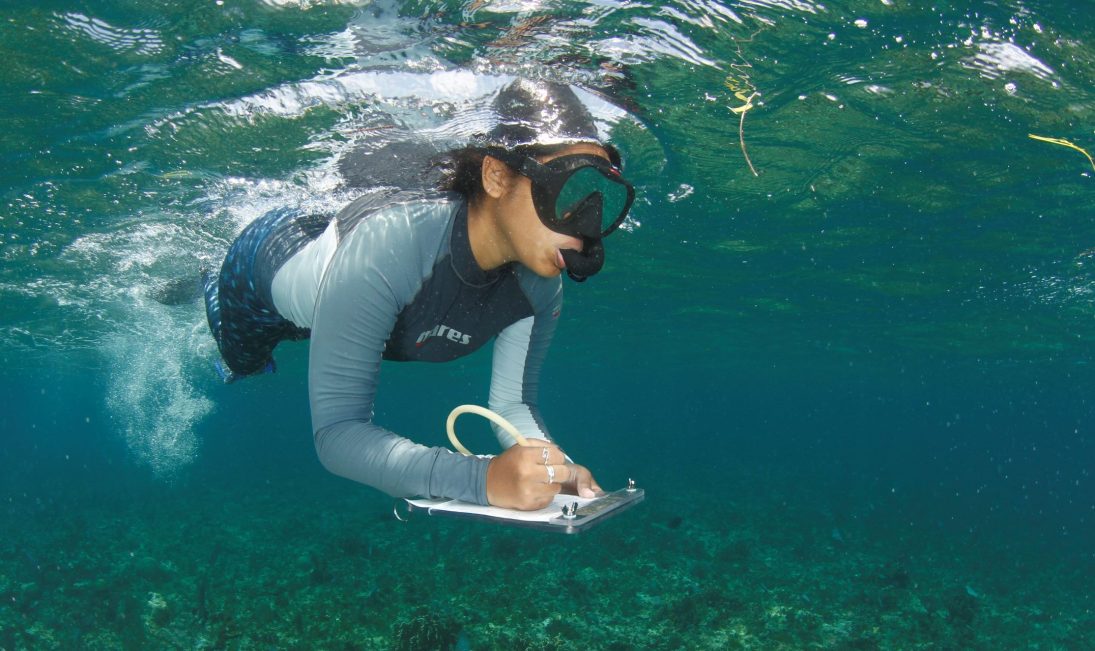
Scientific Research
Scientific Research
Although a majority of WCN’s Partners time and efforts is invested in conservation interventions, to better inform and improve those interventions, they implement the latest research and monitoring techniques not only for wildlife, but for social science to better understand people as well.
MarAlliance conducts research on sharks, rays, deep-sea fishes, and fisheries in the Meso-American Region on a regular basis to identify where overfishing may be upsetting the delicate balance of the tropical marine ecosystem. Their wildlife monitoring efforts, along with social science surveys, help shape conservation strategies so that these species, as well as the human populations that depend on the ecosystem, can continue to thrive.



